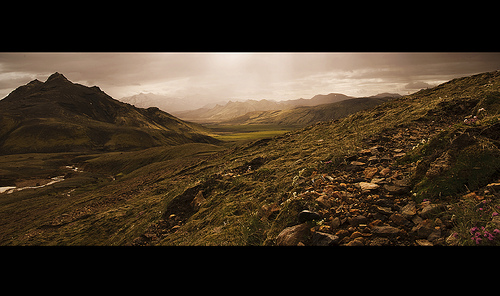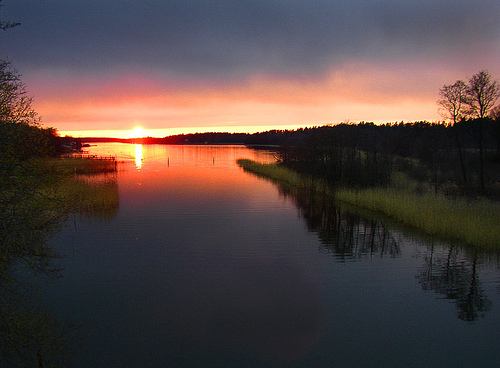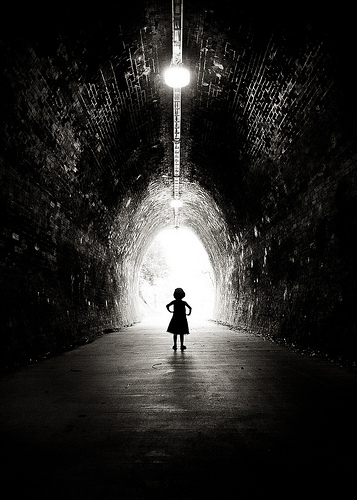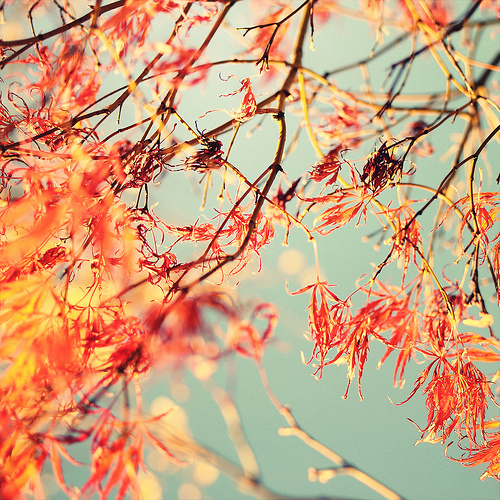10 top landscape photography tips
Before any photography trip make sure that your camera is fully charged and that you have the right equipment for the shoot. Some photographers like to take everything they own but remember what you take you have to carry.

rannoch moor early morning by mike138 on flickr (licensed CC-BY-ND)Always remember your tripod - I find myself going out at different times of the day and if the sun is starting to disappear so will your precious light. Longer exposures will be needed which are difficult to achieve even with VR (vibration reduction) lenses.
Plan your trip, look at where you are going, see if you can tie in a few more surrounding beauty spots. Its good to explore as many areas as you can! If you are travelling don't be afraid to keep your eyes peeled for compositions, pull over and have your camera at the ready! Oh and always, always venture off the beaten track, the best compositions and subjects are hidden!
Look behind you - I find some great compositions behind me! it may sound sill but we walk forward assessing the world ahead of us but forget to remember that we are also leaving one behind. If your out walking just glance over your shoulder once in a while to see things from a different perspective.

Watch for me on the third day by JR F on flickr (licensed CC-BY)As a rule of thumb I tend not to use large memory cards and this goes for any type of photography. Its very appealing when you hear about a new 64Gb memory card but in my eyes that's 64Gb of precious photos that could become corrupted. I use small sized cards in comparison, around 2Gb and 4Gb spreading my images over multiple cards.
- ALWAYS BACK UP YOUR PHOTOS
- Did I mention that its really important to back up your photos!!!
Always take a mobile phone with you that is fully charged and able to receive signal in the spots that you are hoping to explore. Failing that take someone with you, your safety is paramount. If you are venturing well into the depths of uncharted territory then make sure you take at least a map and compass.

April evening by Per Ola Wiberg ~ Powi on flickr (licensed CC-BY-ND)Make sure that you understand composition and white balance. A good landscape photograph tends to have a strong foreground feature and remember your rule of thirds. Be creative and if necessary look at other landscape images that other photographers have taken. Look at the equipment they used and also the settings to achieve the shot, if your lucky you will see the location too - try not to copy the artist but you can certainly get your own take on the scene!
-
Filters - I often ran in to the problem of either over exposing the sky to get a well exposed ground or vice-versa. I decided to invest in some graduated neutral density filters (ND grads) which begin clear and gradually get darker effectively blocking the light from the horizon line. With this filter I am able to correctly expose the whole scene. I thoroughly recommend them!

-
Photographers will tell you that the best times of day to capture a good landscape is either dusk or dawn. The light is empowering and often very beautiful at these times, in the wee small hours just as the sun is about to venture above the brow of the horizon mist often covers the british countryside. This is a strong element to landscape photographs. Use seasonal changes and various times of the day to ensure the best possible capture. You may need to revisit your scene and make a mental note of how best to shoot it.

Calm of Eve by Darrel Birkett on flickr (licensed CC-BY)- Have the time of your life
- Love your surroundings
- BACK EVERYTHING UP!








